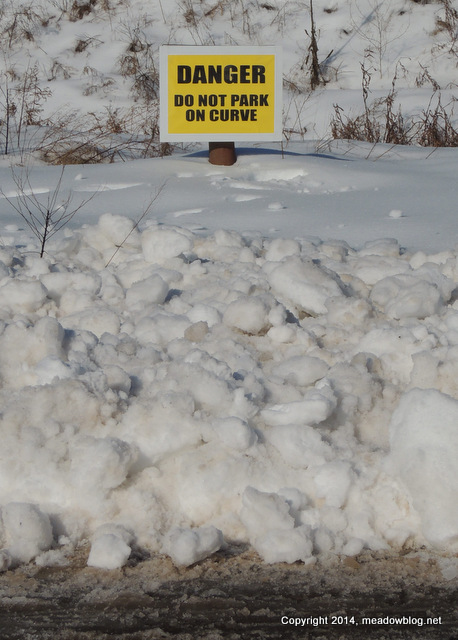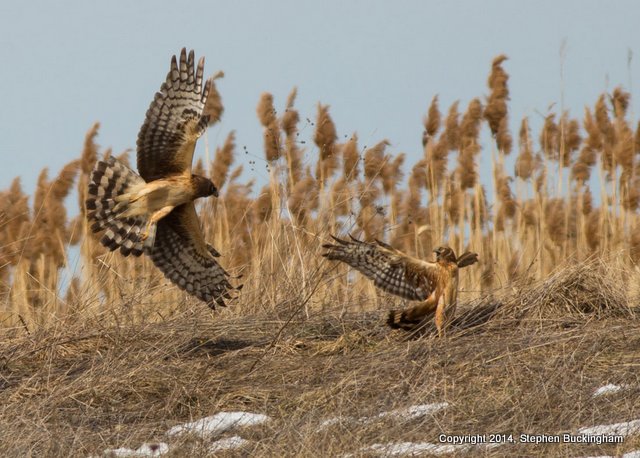 Disposal Road is a great place to view and photograph winter raptors, but everyone should be aware that it can be a busy and dangerous roadway at times.
Disposal Road is a great place to view and photograph winter raptors, but everyone should be aware that it can be a busy and dangerous roadway at times.
The narrow roadway may look to be in the middle of nowhere, but it is a major connector road next to an active construction zone.
Please park your vehicle off to the side of the road as far as possible. Do not park on a curve. And do not leave your vehicle door open on the road.
If you see one who has parked his or her vehicle in the middle of the road or has left a vehicle door open, please ask them to move immediately — before an accident occurs. Much appreciated.


